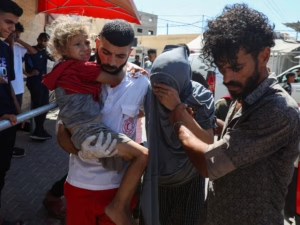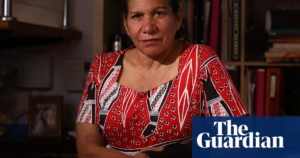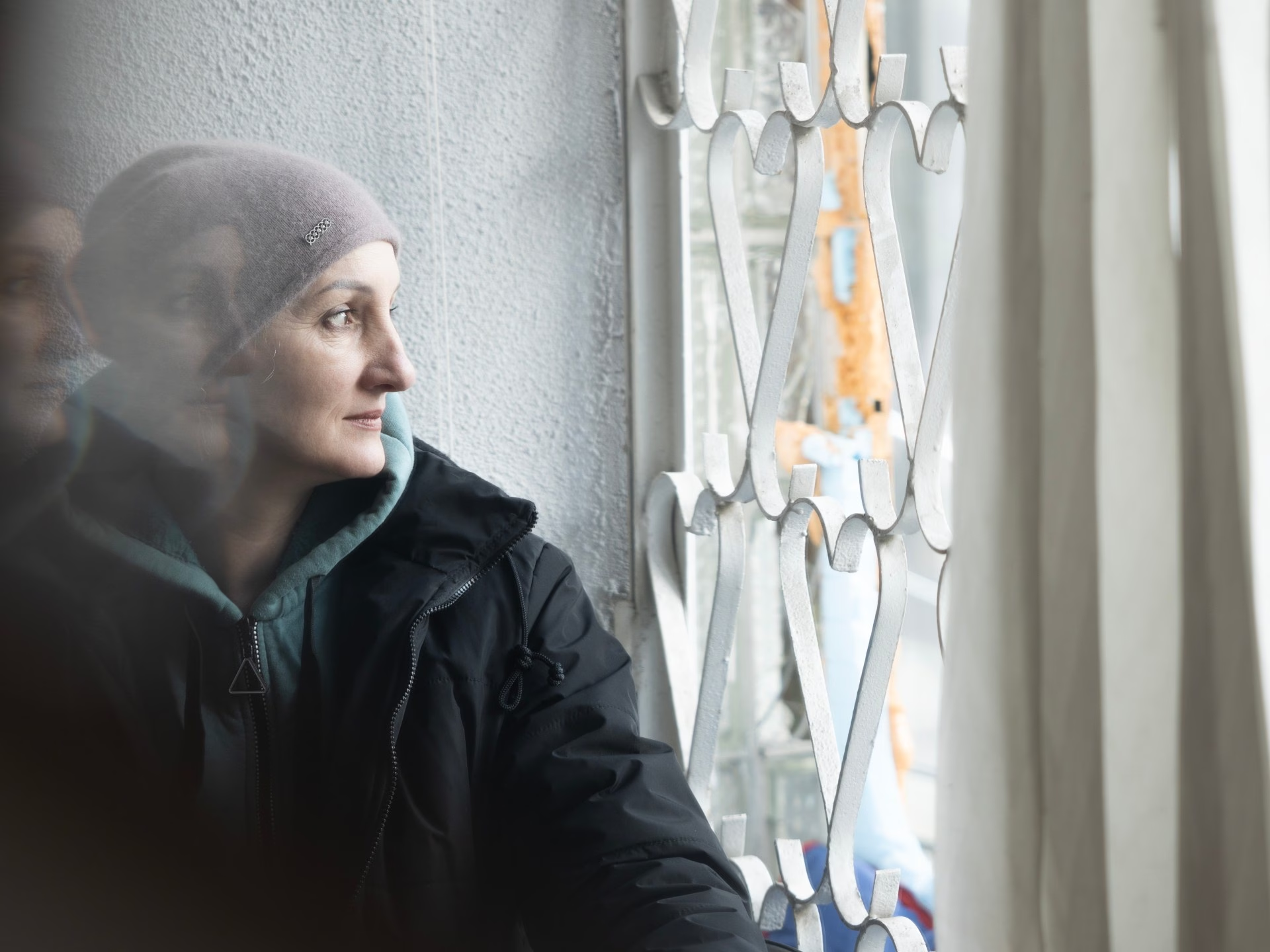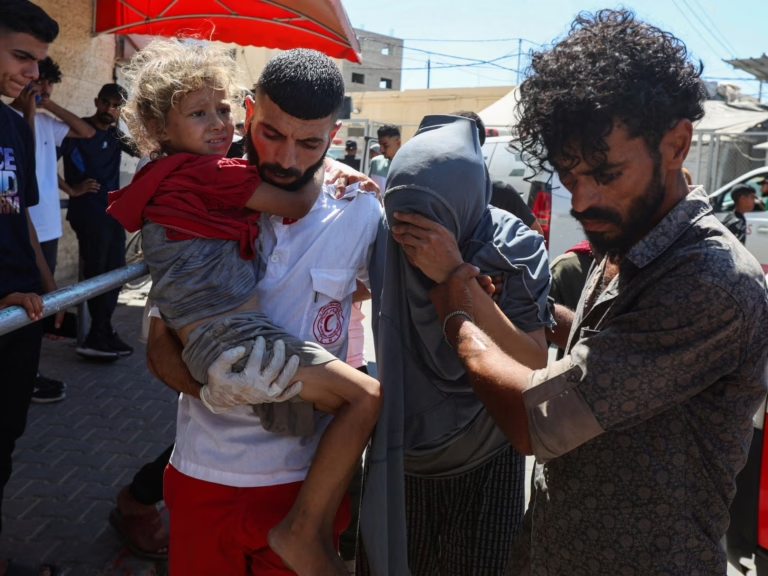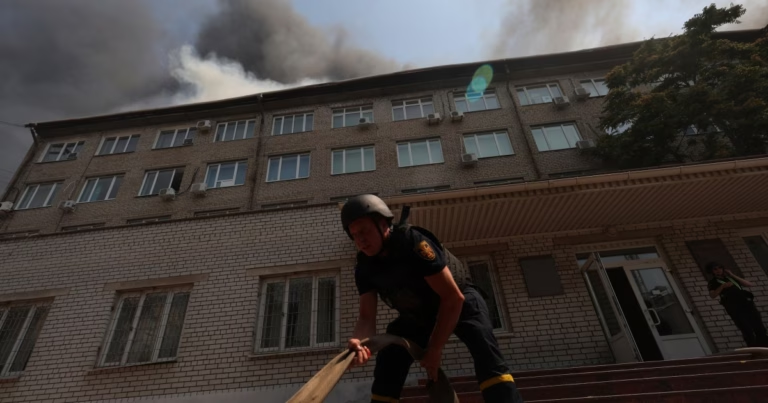As Ukraine stands at the threshold of its fourth year in the midst of war, displaced individuals, particularly the most vulnerable, confront heart-wrenching decisions. They must choose between remaining away from their homes, facing dwindling support, limited employment opportunities, and escalating living expenses, or venturing back to areas ravaged by the conflict where safety and critical services are scarcely available.
Since February 2022, an estimated 1.6 million people have made the difficult choice to return to areas within a 30km (19 miles) radius of the front lines, despite the pervasive violence and instability.
Displaced individuals, who have been away from their homes for extended periods, now exhibit signs of distress, struggling to adapt and survive. After three years, many are on the brink of having depleted all their resources, and the support from family and friends has started to wane.
With their savings nearly exhausted and debts mounting, many displaced individuals see returning home as their only viable option, even if that means returning to residences that are damaged and located near the front lines.
The situation within areas most severely impacted by the war has deteriorated significantly. More individuals find themselves in dire straits, unable to secure food, water, and medical supplies in places that have become increasingly hazardous for humanitarians to operate in.
The persistent barrage of shelling and attacks not only restricts the delivery of essential services and humanitarian aid but also poses a continuous threat to residents. Eldderly individuals, who make up nearly half of civilian deaths in frontline areas in 2024, are predominantly affected.
Humanitarian aid is vital for those in pressing need of support, yet this vital lifeline faces risks. The uncertainty surrounding US funding poses a significant disruption to crucial assistance, particularly in frontline areas.
This feature presents the stories of individuals who have made the challenging decision to return, those who never left, and some who chose to stay until the very end.
This photo essay is courtesy of the Norwegian Refugee Council.
Since February 2022, an estimated 1.6 million people have made the difficult choice to return to areas within a 30km (19 miles) radius of the front lines, despite the pervasive violence and instability.
Displaced individuals, who have been away from their homes for extended periods, now exhibit signs of distress, struggling to adapt and survive. After three years, many are on the brink of having depleted all their resources, and the support from family and friends has started to wane.
With their savings nearly exhausted and debts mounting, many displaced individuals see returning home as their only viable option, even if that means returning to residences that are damaged and located near the front lines.
The situation within areas most severely impacted by the war has deteriorated significantly. More individuals find themselves in dire straits, unable to secure food, water, and medical supplies in places that have become increasingly hazardous for humanitarians to operate in.
The persistent barrage of shelling and attacks not only restricts the delivery of essential services and humanitarian aid but also poses a continuous threat to residents. Eldderly individuals, who make up nearly half of civilian deaths in frontline areas in 2024, are predominantly affected.
Humanitarian aid is vital for those in pressing need of support, yet this vital lifeline faces risks. The uncertainty surrounding US funding poses a significant disruption to crucial assistance, particularly in frontline areas.
This feature presents the stories of individuals who have made the challenging decision to return, those who never left, and some who chose to stay until the very end.
This photo essay is courtesy of the Norwegian Refugee Council.
Source: https://www.aljazeera.com/gallery/2025/2/26/returning-to-the-frontline-in-ukraine?traffic_source=rss

